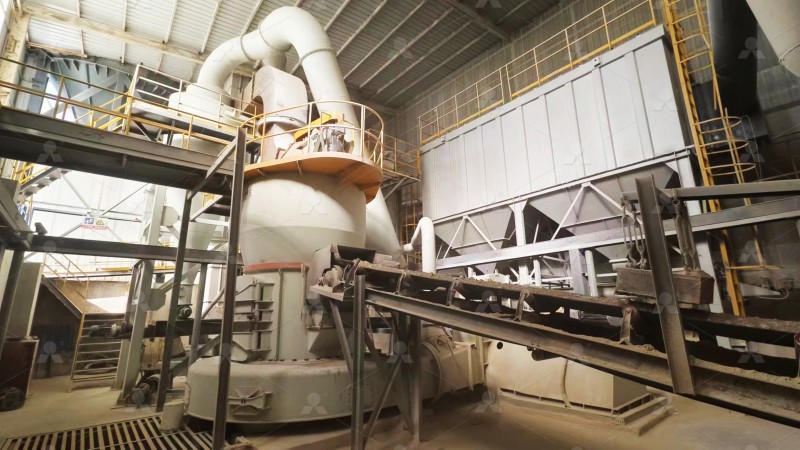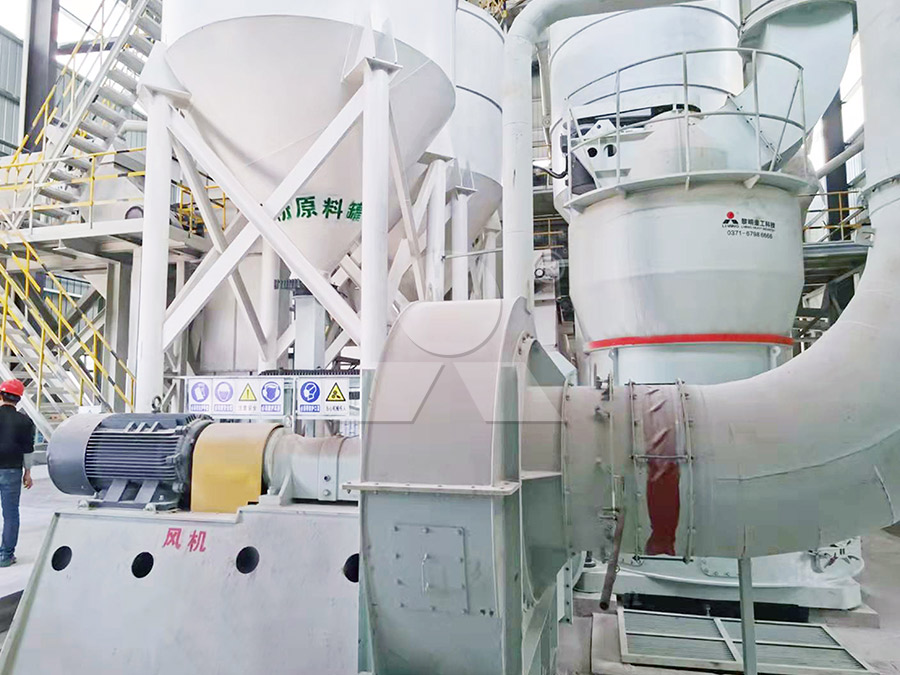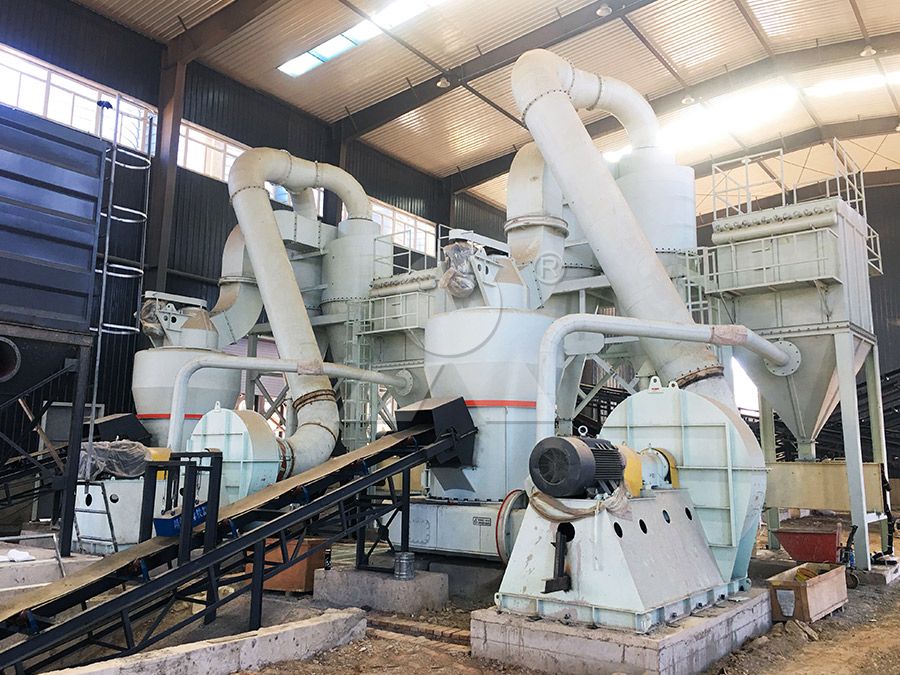Energy Saving Trapezium Mill: Efficient Grinding Solution for Industrial Applications
Energy Saving Trapezium Mill: Efficient Grinding Solution for Industrial Applications
In today’s competitive industrial landscape, optimizing production efficiency while minimizing operational costs remains a paramount concern for manufacturers worldwide. The grinding sector, in particular, faces increasing pressure to deliver higher yields with reduced energy consumption and environmental impact. Among the various grinding technologies available, trapezium mills have emerged as a superior solution for numerous industrial applications.

The Evolution of Grinding Technology
Traditional grinding methods often struggle to balance production capacity with energy efficiency. Conventional ball mills, while reliable, typically consume substantial power and occupy significant floor space. The trapezium mill represents a technological leap forward, incorporating advanced engineering principles to address these limitations effectively.
Modern trapezium mills feature innovative designs that optimize the grinding process through precise mechanical configurations and intelligent system integration. The unique grinding curve geometry between rollers and rings enhances material contact and distribution, resulting in more efficient particle size reduction with less energy expenditure.
Key Advantages in Industrial Operations
The operational benefits of advanced trapezium mills extend beyond mere energy savings. These systems typically offer adjustable fineness control, allowing operators to produce powders ranging from coarse to ultra-fine specifications without equipment modification. This flexibility proves invaluable for facilities processing multiple materials or requiring different product grades.
Maintenance considerations also favor trapezium mill technology. The elimination of rolling bearings and screws within the grinding chamber reduces potential failure points and minimizes downtime. External lubrication systems enable continuous operation without shutdowns for maintenance, significantly improving overall equipment effectiveness.

Environmental Compliance and Sustainability
Modern industrial operations must adhere to increasingly stringent environmental regulations. Contemporary trapezium mills address this challenge through integrated dust collection systems and noise reduction technologies. Pulse dust collectors effectively capture particulate matter, while specialized mufflers and noise elimination chambers maintain workplace noise at acceptable levels.
The closed-system design prevents material leakage and contamination, ensuring clean operation that meets international environmental standards. This environmental responsibility doesn’t compromise performance—advanced models actually achieve higher production rates while maintaining ecological compliance.
Recommended Solutions for Various Applications
For operations requiring ultra-fine powder production, the MW Ultrafine Grinding Mill represents an exceptional choice. With an input size capacity of 0-20 mm and production rates ranging from 0.5 to 25 tph, this machine excels in processing materials including limestone, calcite, dolomite, and various industrial powders. Its innovative design delivers 40% higher production capacity compared to jet grinding mills while consuming only 30% of the energy.
The MTW-Z European Trapezium Mill offers another compelling option for general industrial grinding applications. Handling input sizes up to 50 mm with capacities between 3-55 tph, this mill incorporates advanced features including dilute oil lubrication systems and elastic volute damping structures that enhance operational stability and reduce maintenance requirements.

Digital Integration and Operational Simplicity
Contemporary trapezium mills benefit from digital manufacturing processes that ensure precision components and reliable performance. Numerical control machining guarantees accurate fabrication of core elements, while PLC-based control systems enable precise parameter adjustment and monitoring. Operators can easily control grinding pressure, rotation speed, and other critical variables to optimize production for specific materials.
These advanced control systems facilitate both local and remote operation, allowing for flexible management of grinding processes. Automated monitoring capabilities provide real-time performance data, enabling proactive maintenance and minimizing unexpected downtime.
FAQ
What materials can be processed using trapezium mills?
Trapezium mills handle diverse materials including limestone, calcite, dolomite, petroleum coal, gypsum, barite, marble, talc, and various industrial powders. Specific models may have specialized applications in chemical, construction, or manufacturing sectors.
How do trapezium mills achieve energy savings compared to traditional grinding systems?
Through optimized grinding geometry, efficient motor systems, and advanced powder separation technology, trapezium mills typically reduce energy consumption by 30-50% compared to conventional ball mills or jet mills while maintaining higher production rates.
What maintenance requirements should operators anticipate?
Modern trapezium mills feature simplified maintenance designs with external lubrication systems, easily accessible grinding components, and durable construction. Regular maintenance typically involves monitoring wear parts, lubrication system checks, and inspection of grinding elements, with many systems designed for quick component replacement.
Can trapezium mills produce different fineness levels from the same material?
Yes, advanced models feature adjustable powder separators that allow operators to produce powders ranging from 325 to 2500 meshes without equipment modification, providing exceptional flexibility for operations requiring multiple product specifications.
How do trapezium mills address environmental concerns?
Integrated pulse dust collectors, noise reduction technologies, and closed-system designs minimize environmental impact. These systems typically operate well below regulatory requirements for emissions and workplace noise while preventing material contamination.
